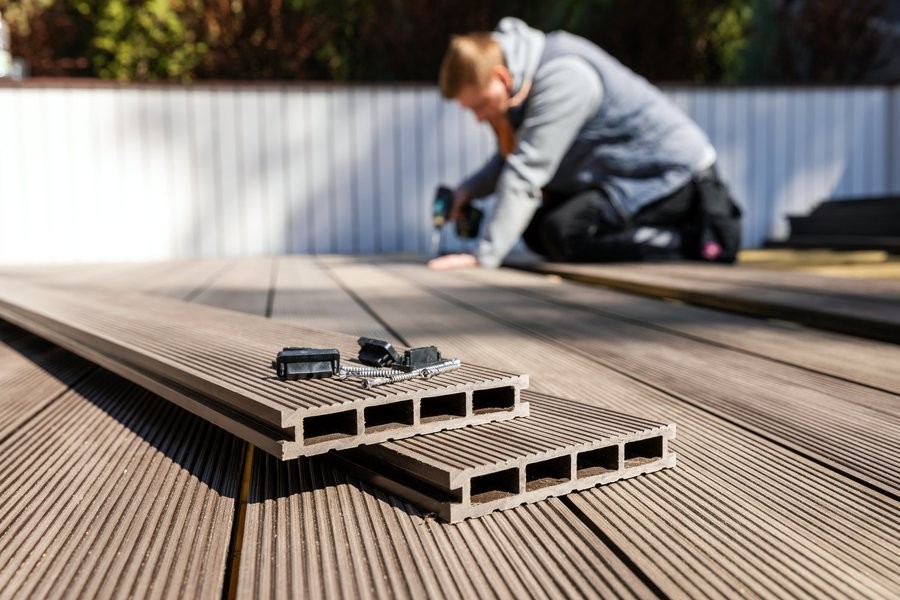If you want to expand your outdoor entertaining area with a deck, you probably want to know which material will be the most cost-effective and long-lasting option. It is normal to start daydreaming about barbecues with friends and family and winter days spent outside as the weather starts to cool down. Below are a few ideas for your wooden decking.
Hardwoods
When choosing a hardwood for your decking project, you will want to think about its appearance and durability. Many hardwoods are extremely durable, but they also require some maintenance and care to look their best. You will want to consider the amount of wear and tear you’re likely to encounter, as well as the type of finish you want. Fortunately, there are a number of products available that can help you maintain and protect your decking.
Softwoods
Not all softwoods are suitable for wooden decking frames. Due to their low density, softwood timber is vulnerable to decay, insects, and warping. This is why they need to be treated with chemical preservatives to resist outdoor damage. Pressure-treated Fir and Pine are common examples. These treatments work by sucking out the air in the timber and injecting it with chemical preservatives.
What Would be the Price?
The type and size of your deck will determine the price of your wooden decking. Your deck will also need to be built by a qualified deck builder, which will substantially raise the cost. The cost of a wooden deck will also depend on the type of wood used. Teak and ipe are two examples of hardwoods that are significantly more expensive than softwoods but also more durable and have a longer lifespan.
Maintenance Tips
Proper care is crucial to ensure the longevity of your wooden deck. This means using a quality deck protector. You should also consider installing a roll-up deck cover that you can pull out during heavy rain and extremely sunny days. Another thing to remember when caring for your deck is to keep it clean. Avoid putting potted plants on top of the boards, as this can cause damage to the boards.
Check the wood on your deck periodically for rotten boards. Most rot happens in areas that are hard to see, such as the underside of stair treads and at the ledger. If you notice a board that is starting to rot, replace it immediately. You could also inquire with a hard landscaping contractor to help you out.

Basketball lover, singer, gourmet. Works in an IT company as a web designer.
